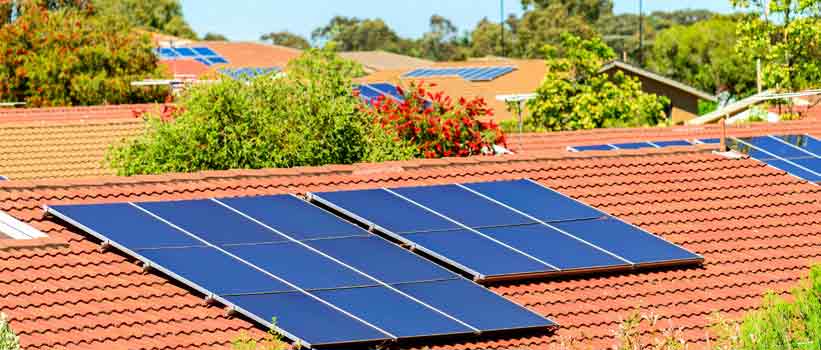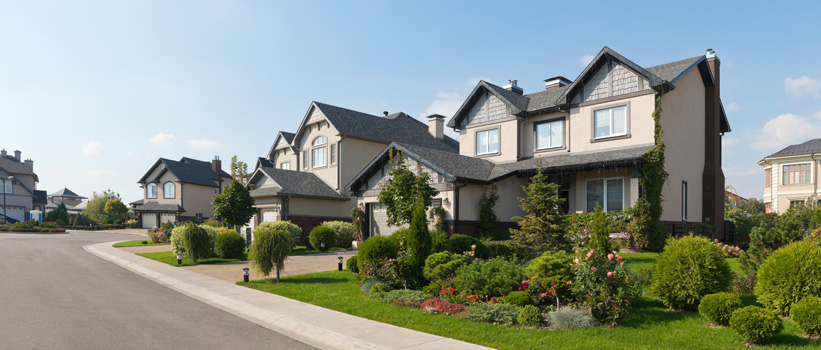
The “green home” is no longer an unfamiliar concept to today’s informed and environmentally conscious homeowners. Still, many of the terms that come with this lifestyle can leave some people scratching their heads.
Developing a green living vocabulary can go a long way towards making us exemplary eco-friendly homeowners and neighbors. Let me help you build yours with this brief glossary I’ve put together:
-
Active and passive solar power – Active solar power is an electric system that converts energy gathered from the sun into versatile, usable energy for the home.Passive solar power refers to the strategic use of the sun’s energy to warm the home during cold, winter months, or to redirect or block this energy during summer to reduce the use of electric-powered cooling.
-
Carbon footprint – This term refers to the total amount of greenhouse gases (primarily carbon dioxide) emitted by an individual, event, product, or structure. Having a high carbon footprint means producing a large amount of gases that can adversely affect the atmosphere and contribute to unnatural climate change and global warming.
-
FSC – FSC stands for Forest Stewardship Council, a nonprofit organization that sets high standards on the responsible use of forest products, such as the timber used in building homes. Be sure to check if the wood used in building your dream home is FSC-certified.
-
LEED – LEED is an acronym that stands for Leadership in Energy and Environmental Design, a globally recognized standard created by the United States Green Building Council (USGBC) that rates building design, construction, operation, and maintenance. If your home bears an LEED certification, you can rest assured that it was built with the planet in mind.
-
Multi-pane windows – This type of window is built with more than one pane of glass to enable a passive indoor temperature management system. Dual or triple pane windows contain nontoxic gases like argon and krypton between panes to improve heat insulation for homes, limiting the need for excessive air conditioning or heater use.
-
Native landscaping (or naturescaping) – This method of outdoor planning and decorating highlights the use of plants native to your location. This way, the plants are better adapted to local soil and climate conditions and require less water and fertilizer to flourish. Native plants also conserve and create natural habitats that nurture local wildlife and help repel pests.
-
Sustainability – Sustainability is about being able to meet our needs today, without compromising the ability of future generations to secure theirs. It is the creation and development of processes and conditions that will maintain long-term ecological balance.
-
Runoff – Runoff refers to the waste water that flows into our sewer systems, carrying a cocktail of pollutants. Toxic substances, such as chemical fertilizers and pesticides, can mix with this water and eventually wind up in rivers and oceans.Eco-conscious homeowners watch their runoff responsibly by not overwatering their lawns, not watering driveways and sidewalks, or using permeable pavers that help filter runoff.
-
VOCs – This is the acronym for Volatile Organic Compounds, which refers to the toxic gases that are emitted from various home construction materials. Without proper inspection, you and your family may be at risk of being exposed to cancer-causing VOCs through your wall paint, cleaning supplies, and even furniture. Look for nontoxic alternatives to protect your family’s health at home.

Want to learn more about green living and green homes in Atlanta? Contact me anytime by calling 877.310.4634, emailing Management(at)IndigoRoad(dotted)com, or clicking here.

